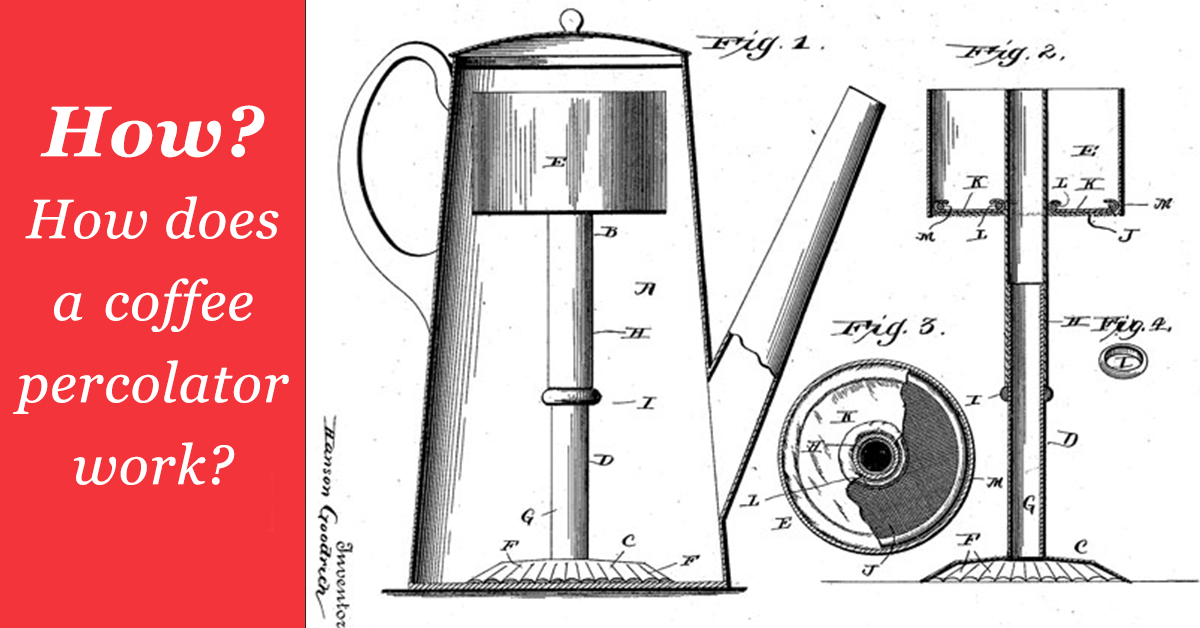
How does a coffee percolator work?
Once a favoured coffee making device, coffee percolators are now more likely to be found gathering dust at the back of a kitchen cabinet rather than bubbling away on an oven hot plate or gas hob.
Percolators consist of a water boiling chamber and a tubed filtering device that holds ground coffee, this works best when the coffee is ground from fresh coffee beans. In this method boiling water rises up through the tube and sprays over the grounds. The water travels down through the grounds and through a bottom screen to drop back down to the bottom chamber again. It is boiled again and travels the same path. This repeats for six to eight minutes and normally produces a very strong tasting coffee.
However, in recent years our appetite for strong, tarry and bitter coffee has been replaced by a desire for the intensity of espresso, or the subtle and balanced flavours of drip and filter coffee. As a consequence the percolator, which is deemed to break one of the cardinal rules of coffee making i.e. avoid using boiling water so as not to burn the coffee, has fallen out of favour and has been replaced by various domestic drip, filter, vacuum and espresso devices.
Automatic percolators, with temperature and timing control, did offer a glimmer of hope for a prolonged life, but even in these automatic versions the coffee is inevitably boiled several times over, leading to the over extraction and bitterness which boiling produces.
If you have to use a percolator, or choose to use one because you like a very strong taste and bitterness in your cup, choose a coffee which is low in acidity and very smooth, and grind it even coarser than for a French press. Allow it to perk for no more than 3 minutes.


